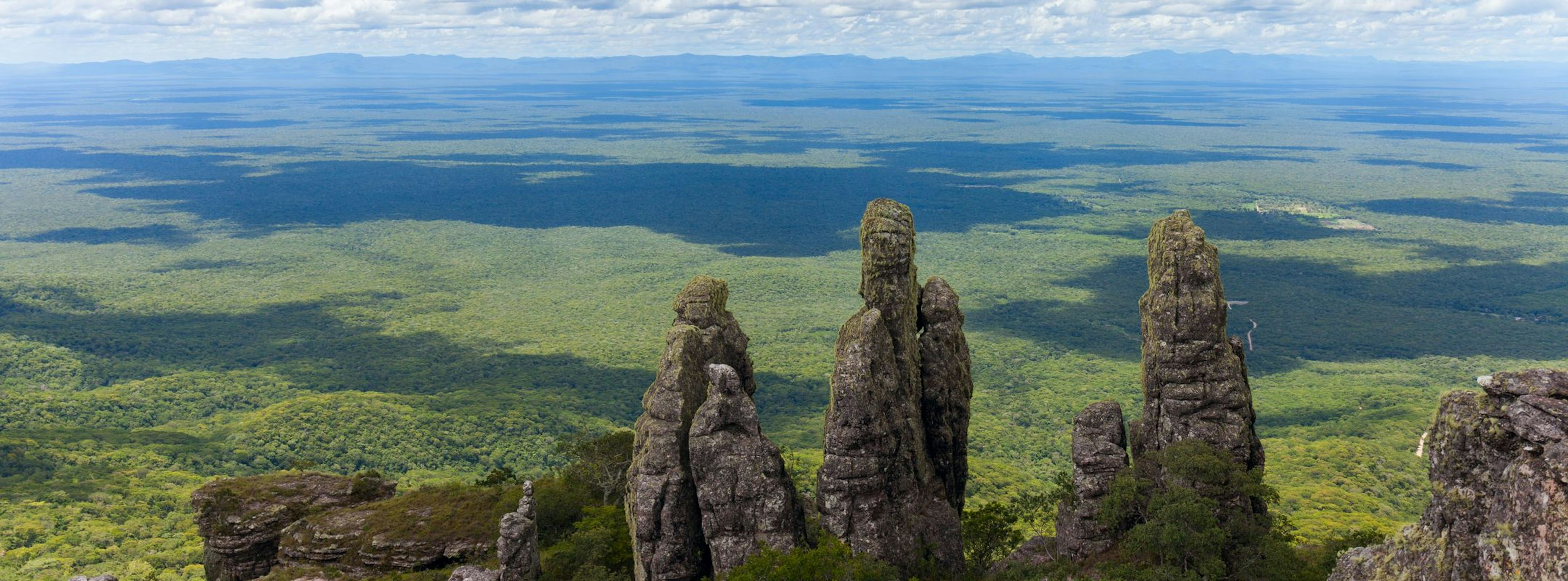The hidden crisis of deforestation in Bolivia
23 Aug 2023
5 min read
Also in:
EspañolForests and other natural ecosystems in Bolivia are being devastated by expanding soy plantations. But with a government focused on economic development and little pressure from consumers demanding deforestation-free products, the prospects for action seem remote.

Aleksei Glustsenko